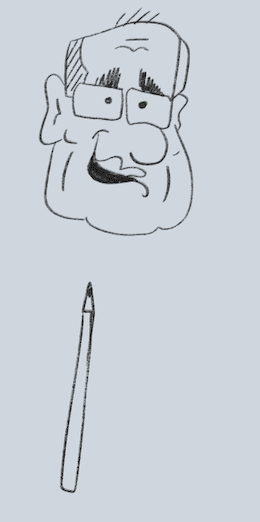“Australian history is boring and dull and largely irrelevant to the trajectory of the future of the world.”
So wrote Chris Rice on The Age’s website in 2012. His comment was in response to the revelation that Australian history would not be a stand-alone Year 11 or 12 subject in the national curriculum.
“The big questions, the genocides, the conquests, the revolutions, the things shaping the world aren’t happening in Australia,” Rice continued.
Rice’s view is shared by many. A thread on Reddit debates whether Australia’s history only consists of “bogans with beards” offers much excitement. One historian concedes: “our students often leave school feeling that Australia’s history is boring and dry as dust”.
Rice is correct that Australia has never experienced a political revolution. Yet, as a current exhibition at the Museum of Australian Democracy at Old Parliament House affirms, Australian history is hardly mundane.
The exhibition in question – Behind the Lines – catalogues some of 2019’s “best political cartoons”. Although its purview is restricted to one year, the exhibition is a reminder that Australia confronts many challenges. From the Murray Darling Basin Royal Commission report in January, to bushfire responses in December, the exhibition chronicles a turbulent year.
Behind the Lines is frequently playful. One sketch that looks like it could feature in a children’s book features ‘actifishts’ – sea creatures aligning to spell out ‘REEF NOT COAL’. ‘Stop Adani’ reads a sign in the corner, held by a clownfish.
The rest of the exhibition is both joyful and sombre. One cartoon mourns former Nationals Leader and Deputy Prime Minister Tim Fischer, who supported Prime Minister John Howard’s gun control measures against the opposition of much of his party’s rural base. Arriving at the gates of heaven, a dishevelled Fischer is greeted by Saint Peter. “Ah, Mister Fischer!! There’s heaps more room up here than we expected … thanks to your courage on gun law reform”.
For those bored with Australia’s lack of revolutions, Behind the Lines provides an answer. Australia is undergoing revolutions all the time. What is more, we have many left to go.
Let’s start with the first of my takeaways. Although rooted in 2019, many of the displays in Behind the Lines engage with Australia’s past. Some cartoons comment on the hard-won abolishment of Uluru’s tourist climbs. Others comment on constitutional recognition of First Nations Australians. Those sketches emphasise that history is anything but boring for Aboriginal and Torres Strait Islander people. Indeed, if a revolution is “a forcible overthrow of a government or social order”, I argue it’s difficult not to characterise the dispossession of First Nations peoples this way.
What’s more, Behind the Lines reminds us that Australian revolutions are ongoing. A series of cartoons on the environment, political representation and refugees challenges Australians to do better. The exhibition’s lengthiest cartoon mourns the recent extinction of an Australian rodent due to climate change. Our ongoing destruction of species are surely “forcible overthrows,” and thus sinister revolutions, to nature.
Behind the Lines is not perfect. The exhibition’s framing as a rock tour through 2019 does not add much value and frequently feels forced. A friendly greeter dressed as a mid-century reporter, stationed at the exhibition’s opening, reminds visitors of the importance of satire. That is an important message, but there is surely a better way of conveying it.
Still, Behind the Lines is an entertaining, thought-provoking way to spend one’s afternoon. It also dovetails well into a second exhibition on Australian journalism, which delivers something absent from Behind the Lines: a look at those behind publications. A more mentally taxing exhibition, one might prefer to tour the latter first. Both activities are free.
Behind the Lines is also a needed reminder that the Australian story is full of pain and triumphs. This country is more interesting than a land of “bogans and beards”. What is more, our contributions to that story matter. Every day, all around us, the ‘Australian revolutions’ continue.
Details and bookings for ‘Behind the Lines 2019’ can be found on the Museum’s website.
Think your name would look good in print? Woroni is always open for submissions. Email write@woroni.com.au with a pitch or draft. You can find more info on submitting here.
We acknowledge the Ngunnawal and Ngambri people, who are the Traditional Custodians of the land on which Woroni, Woroni Radio and Woroni TV are created, edited, published, printed and distributed. We pay our respects to Elders past and present. We acknowledge that the name Woroni was taken from the Wadi Wadi Nation without permission, and we are striving to do better for future reconciliation.
